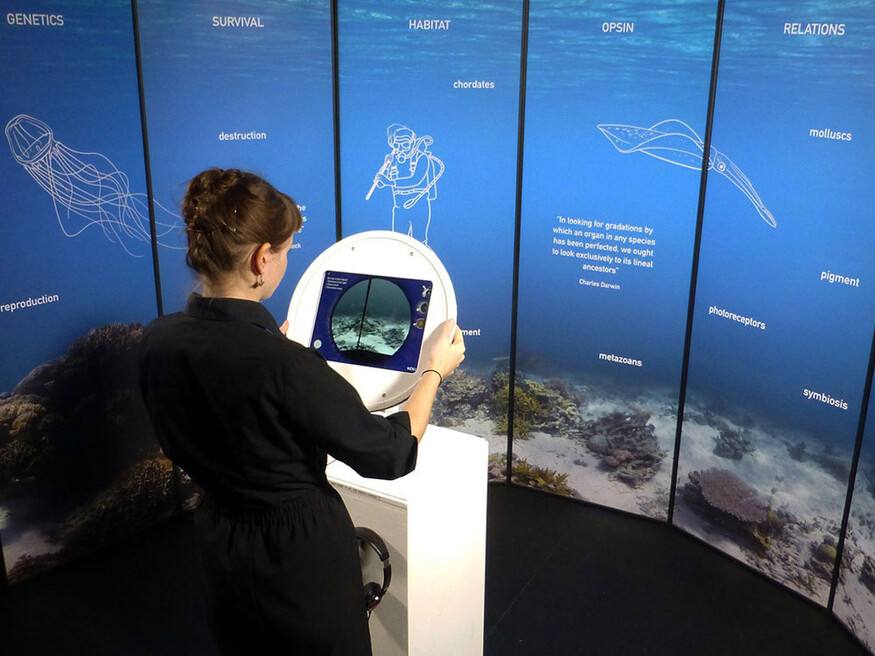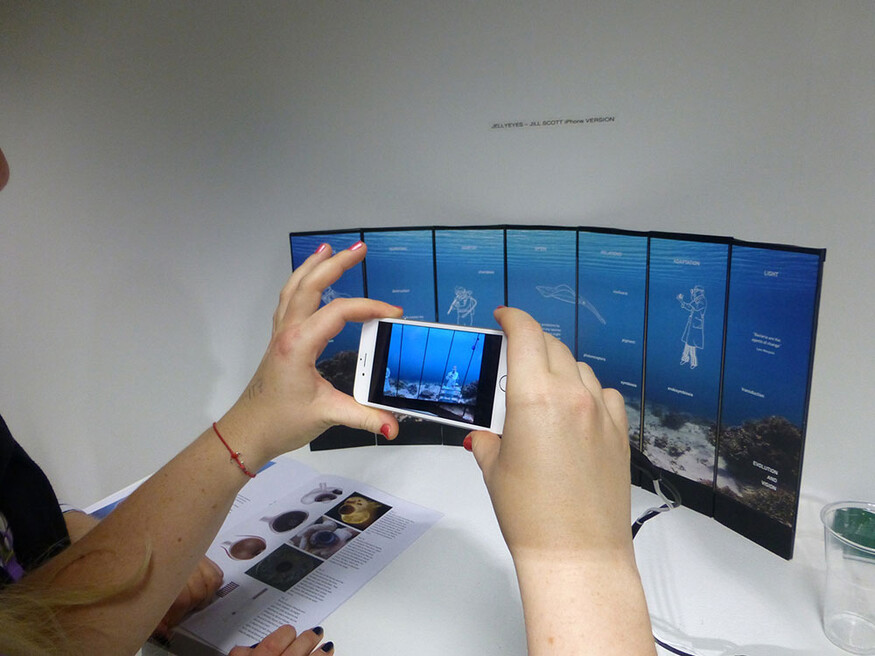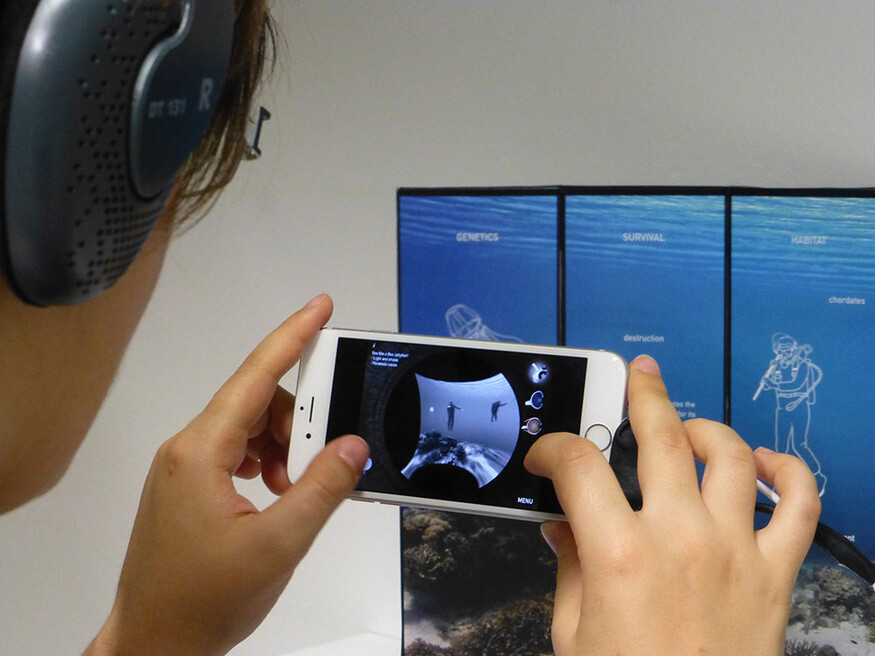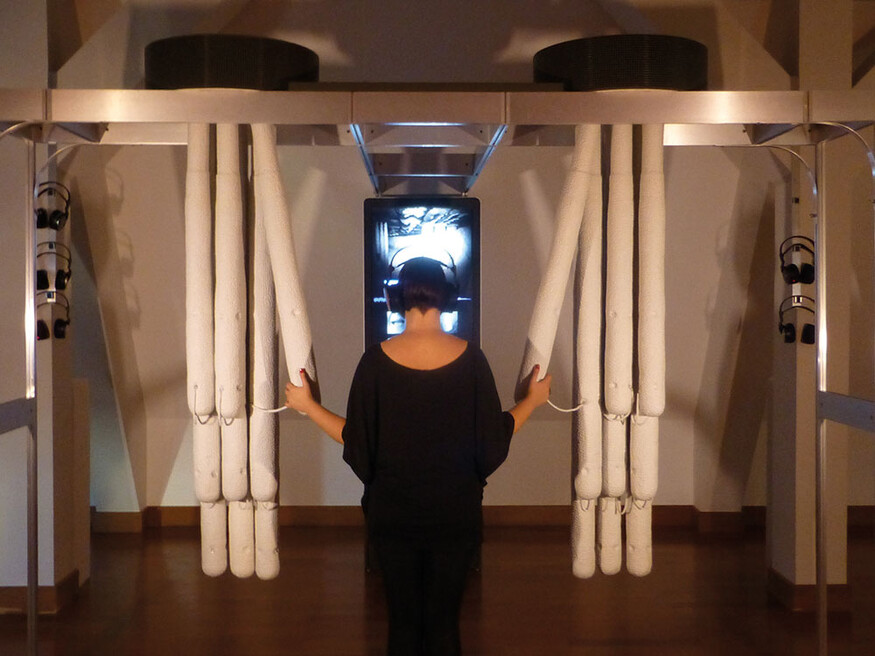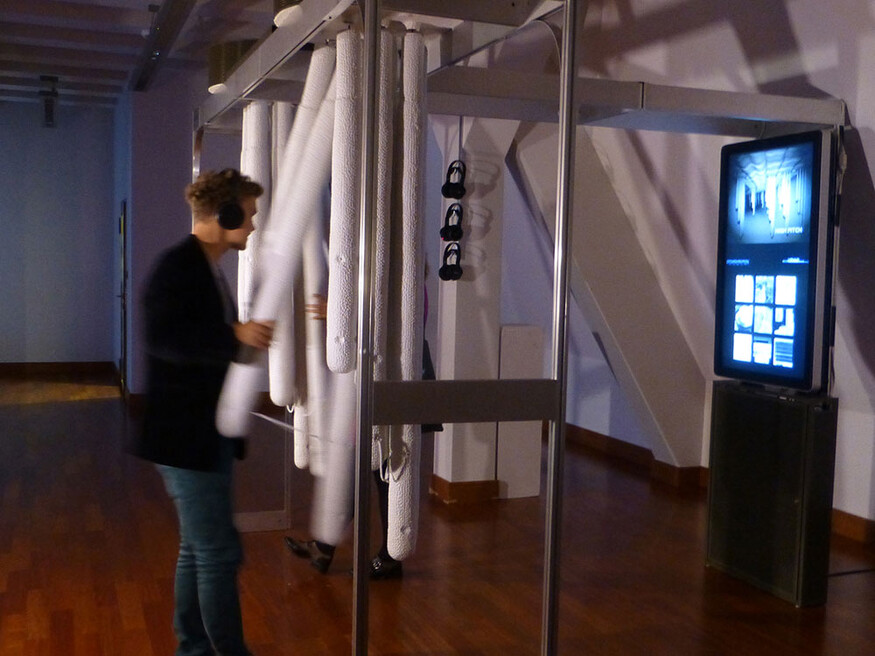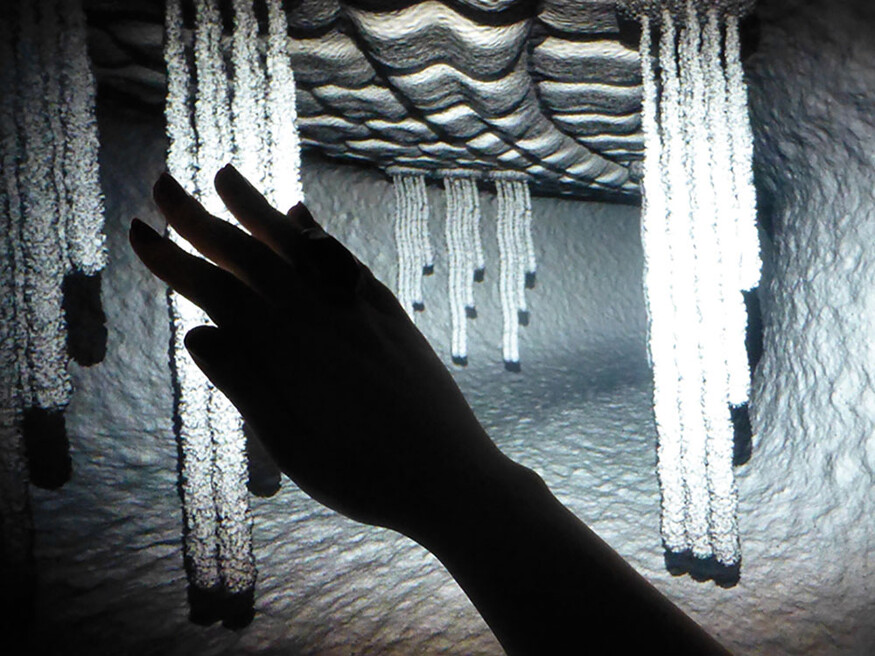Jill Scott
area: Media Art, Digital Art, Sound Art and Science (neuroscience and ecology)
Key Facts
nationality
Australiaarea
Media Art, Digital Art, Sound Art and Science (neuroscience and ecology)residence
Zurichrecommending institution
SCHAURAUM Angewandtetime period
November 2018 - November 2018Dr. Jill Scott is lecturer, professor and context provider with many years experience the unique field of Art and Science research. Currently, she co-directs the LASER Salon in Zurich for Leonardo Society USA. She is professor emerita at the Institute for Cultural Studies in the Arts, at the Zurich University of the Arts (ZhdK) in Zürich and founded their Artists-in-Labs Program in 2000. She was the Vice Director of the ZNode program- Planetary Collegium with 16 PhD graduates in clusters of art and science at the University of Plymouth, UK (2000 to 2016). Her own artwork spans 38 years of production about the human body, behaviour and body politics, but in the last 10 years she has focused on creative media art experiments about neuroscience, ecology and sensory perception resulting in a series called Neuromedia. This current research is based on making interpretative interactive constructions of sculptural models with interactive film segments based on actual scientific research and imbedded with cultural metaphors. Her most recent publications include: Artists-in-labs: Recomposing Art and Science (eds:Hediger, Scott 2016) and Transdiscourse 2 Turbulence and Reconstruction (ed:Scott 2015) both with de Gruyter press. She has written six books on art and science and served on many boards and juries including Sitemapping (BAK Switzerland), ISEA international, the Australian Research Council and received international grants and prices for her media artworks
My residency there will consist of two parts. Building a new exhibition and two workshops for students:
1. Student workshops: I will work with the media art students of the University of Applied Arts in Vienna. I will give a three day workshop on sensory perception. This workshop is a unique blend of sensor systems lab exercises from Neuroscience, electronic media, digital art and design exercises and body awareness experiments. It is designed to not only educate students in neuroscience and cognition, but to help them work in a unique way with users or their interactive viewers in the actual process of construction. It focuses on the stimulation of three neural systems, the Peripheral Nervous System (PNS), the Central Nervous System (CNS) and the Automated Nervous System. The aim is to help artists and designers think differently about sensory stimuli past old fashioned interaction ideas of cause and effect, and to understand cross-modal sensory interaction. I will offer another smaller workshop about genetics and bots called Future Bodies.
2. Exhibition: I will also build an exhibition for the Schauraum in Vienna to open on November 29th entitled “Eskin 4 the visually impaired”. There is little chance for visually impaired people to engage in a world of culture that is so visually dominant. The documentation of “Eskin 4 the visually impaired” shows how a trans-disciplinary platform can be created to enable visually impaired participants to become performers alongside their own prerecorded audio content and local ecological stories. It shows how visually impaired participants from Africa can work with Media artists to develop navigation potentials inspired by current research in AI, neuroscience, augmented reality and wearable
computing. Can a media art team help to visually interpret the individual stories and audio content from visually challenged participants for a sighted audience? Can they encourage these participants to be creative on a mediated stage? Here, technology is used as a platform for social engagement that helps to amplify the voices of local communities and empower them with new navigation and orientation skills. Through the documentation of the resultant performances, the audience was introduced to a unique experimental theatre format. In this installation at the SCHAURAUM viewers can also interact though sound with one component of this project.
